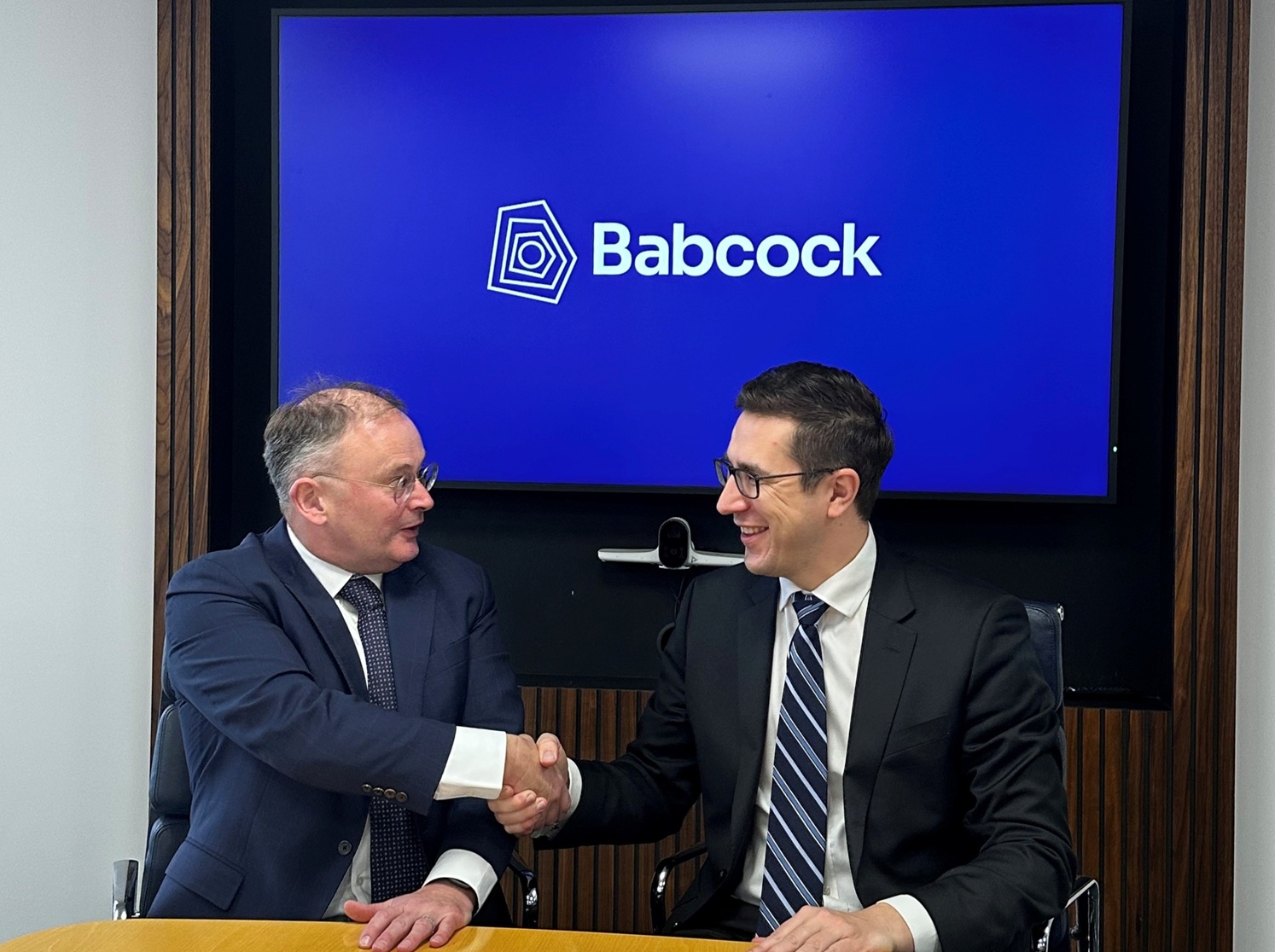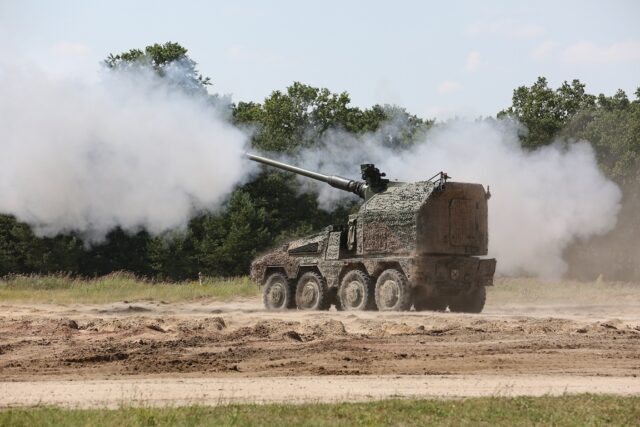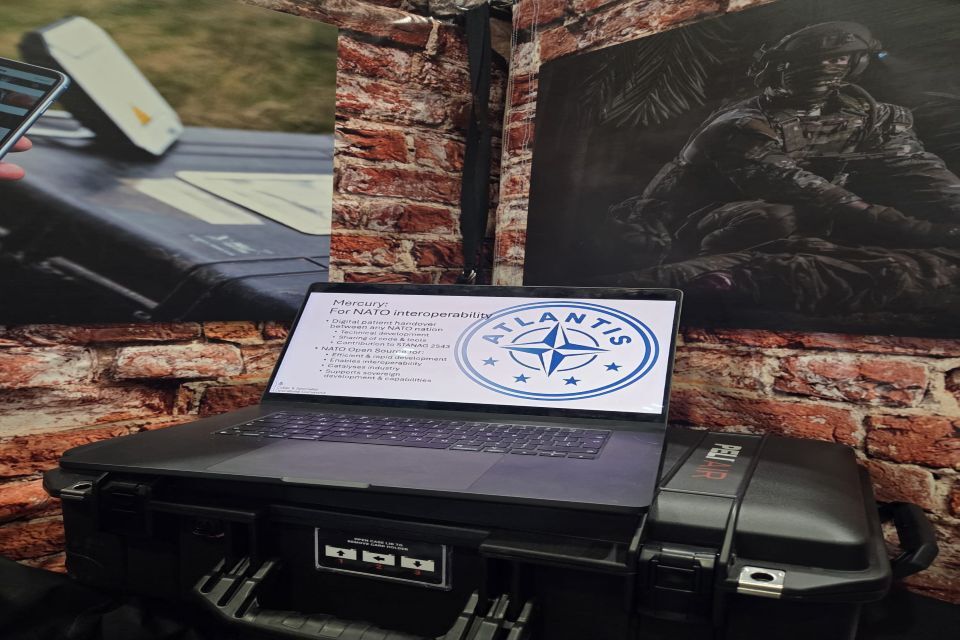Research paper identifies most effective haemostat

Courtesy Medtrade
The paper is authored by experts in the field of military emergency medicine and trauma and has identified Celox haemostatic agent as the only haemostat in the study to give a statistically significant improvement in survivability.
The study explored the role of haemostatic wound care during the Iraq and Afghanistan conflicts. Experts from the Royal Centre for Defence Medicine in Birmingham, UK, and the John Radcliffe hospital in Oxford, UK, reviewed 3,792 cases from the Joint Theatre Trauma Registry, which included all cases from 2003 through to 2014. It was found that 317, or roughly 8% of these cases used a haemostatic dressing.
Three branded haemostatic agents were identified in the study: Celox by Medtrade Products, Quikclot by Z-Medica and Hemcon by Tricol Biomedica. Researchers analysed the use of each agent and found that Celox was the only one that demonstrated a statistically significant increase in patient survival overall of roughly seven per cent, whereas neither Hemcon or Quikclot demonstrated any statistically significant increase in survival rate.
“Catastrophic haemorrhaging or severe bleeding have long been the top causes of battlefield major trauma mortality,” explained Nick Tsiakas, marketing manager at Medtrade Products Ltd, the company behind the CeloxTM haemostatic agent referenced in the paper. “It’s only in the past decade that we’ve seen haemostatic agent technologies advance significantly in terms of efficacy and safety.
“With the publishing of these results, we can see not only how modern haemostatic agents can improve casualty survivability, but also the practicality of using these products in a military trauma setting. Celox haemostatic technology was developed to perform in these austere and challenging conditions, so it’s unsurprising that the statistics now reflect this.”
The study is one of very few to date to have researched the effectiveness of haemostatic agents in a military trauma setting and based on real patient outcomes. Historically, studies into haemostatic effectiveness have been conducted in laboratory environments, making survivability of real patients difficult to measure reliably.
To determine subjects from the available data, the test analysed cases of patients that scored above 15 on the new injury severity score (NISS) scale, which is a means of assessing the severity of trauma. The scale ranges from 1 to 75, with the latter being the most severe. On cases with a NISS above 35, the Celox haemostatic agent exhibited the most significant effectiveness by a wide margin.
Celox Trauma products have been used around the world since 2006. In 2018, the UK’s Ministry of Defence (MoD) named the company’s latest fast-acting haemostatic gauze, Celox Rapid, as its product of choice. This product reduces the compression time of the Celox Gauze used in the study down from three minutes to only 60 Seconds — an advancement that should further improve the survivability of patients treated with Celox Rapid in the future.
The Celox range of gauzes has also been widely used by the US Department of Defense (DoD) and praised by the Committee on Tactical Combat Casualty Care (CoTCCC).












